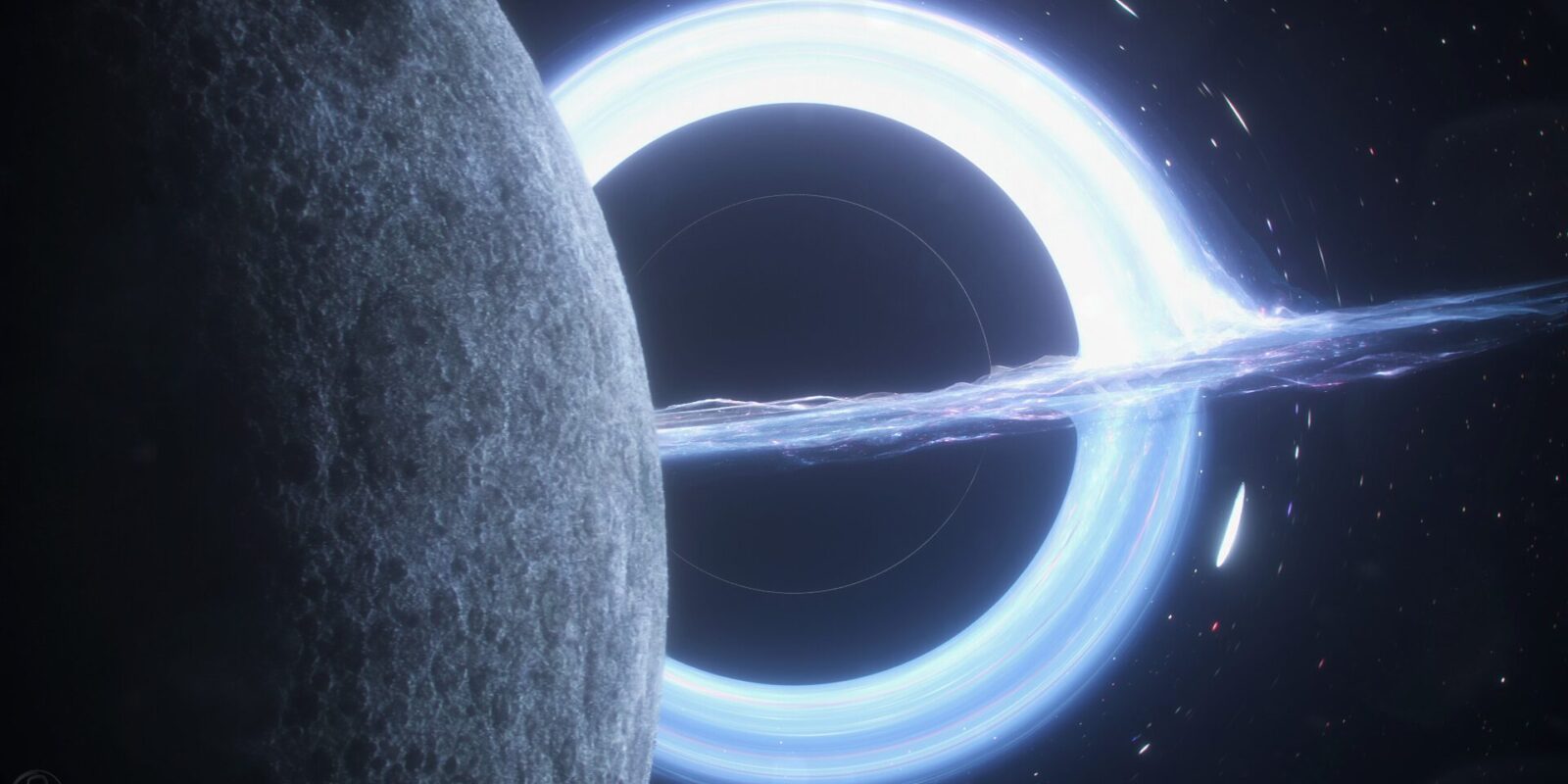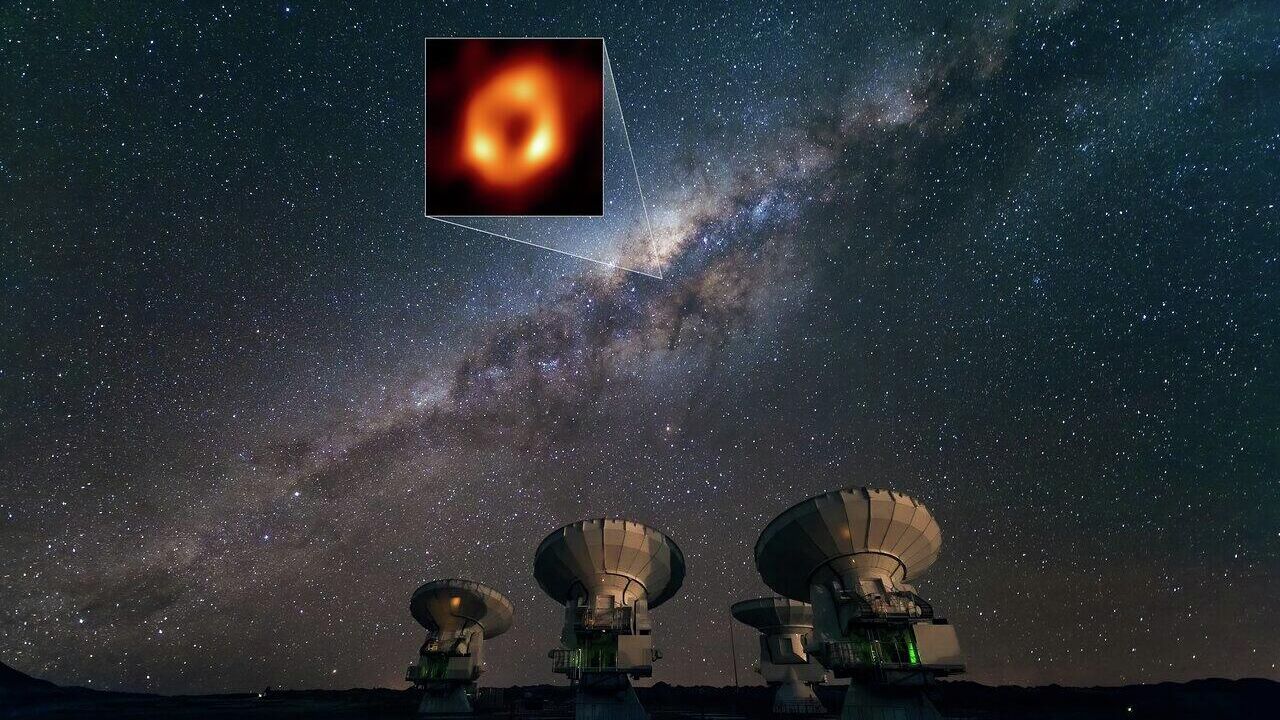Sagittarius A* in the crosshairs: the black hole that never sleeps

A spectacular spectacle is unfolding at the center of our galaxy: the supermassive black hole Sagittarius A* is setting off bright flashes reminiscent of cosmic fireworks.
New data from the James Webb Telescope have revealed the dynamics of processes in the accretion disk, a cloud of glowing matter swirling around the black hole. The observations, the most detailed ever made, help us understand how such objects affect the surrounding space.
The new data from the James Webb Telescope reveal the dynamics of the accretion disk, a cloud of glowing matter swirling around a black hole.
The Webb telescope captures unseen details
.
A supermassive black hole with a mass of 4 million suns is constantly consuming matter, creating extreme conditions in its surroundings. The Webb Telescope’s infrared cameras (NIRCam) have recorded a series of flashes of varying intensity, from flickers to powerful emissions. Observations conducted over the 2023-2024 period showed that the activity of Sagittarius A* never subsides, with large flares occurring 5-6 times a day, followed by dozens of smaller events in between.
Why does a black hole “spark?”
.
Astronomer Farhad Yousef-Zadeh of Northwestern University says the flares are caused by turbulence in the accretion disk. Super-hot plasma, accelerated to relativistic speeds, collides and compresses, releasing energy in the form of radiation. This is reminiscent of solar flares, but on a scale where gravity and temperatures reach extreme values.

New 2025 data
In early 2025, the Webb Telescope’s MIRI instrument recorded Sagittarius A* flares in the mid-IR for the first time. This discovery completes the picture by demonstrating how the black hole interacts with matter and affects the structure of the galactic center. Scientists hope the data will help reveal the mechanisms of particle acceleration and the formation of jets – narrow streams of plasma bursting out of the poles of black holes.
The Webb telescope: a look into the past and present of the universe
.
The telescope’s mission is not limited to studying ancient galaxies. Its unique optics allow us to study objects in the solar system and “peer” into the heart of the Milky Way, hidden by dust clouds. Observations of Sagittarius A* confirm that even in its relative proximity to Earth, there are still mysteries that require innovative technology.
The activity of Sagittarius A* is not just a spectacular phenomenon. It is a laboratory for the study of extreme physics, from the behavior of plasma in ultra-high gravity to the mechanisms of energy release. Webb’s data open a new chapter in astrophysics, bringing us closer to unraveling the nature of the universe’s most mysterious objects.
Activity in Sagittarius A* is not just a spectacular phenomenon.

The Sagittarius A* in the crosshairs: the black hole that never sleeps was first published on ITZine.ru.








